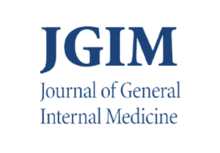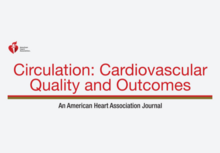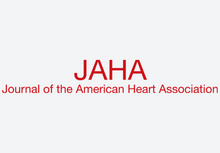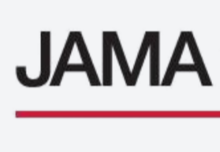Perera S, Khullar D, Wadhera RK. Public Views of Health Care Coverage, Spending, and Leadership in the United States. Journal of General Internal Medicine. 2025. https://pubmed.ncbi.nlm.nih.gov/40353990/. doi:10.1007/s11606-025-09596-2
Publications
2025
Gardner RK, Tale AP, Wadhera RK. Geographic Variation in Cardiometabolic and Lifestyle Risk Factors Across US States, 2011 to 2021. American Journal of Cardiology. 2025. https://pubmed.ncbi.nlm.nih.gov/40345311/. doi:10.1016/j.amjcard.2025.05.002
Inoue K, Liu M, Koh KA, Aggarwal R, Marinacci LX, Wadhera RK. Depressive Symptoms Among US Adults. JAMA Internal Medicine. 2025. https://pubmed.ncbi.nlm.nih.gov/40323609/. doi:10.1001/jamainternmed.2025.0993
Marinacci LX, Liu M, Figueroa J, Wadhera RK. Insurance Coverage Among Working-Age U.S. Adults After the End of the Medicaid Continuous Enrollment Provision. Annals of Internal Medicine. 2025. https://pubmed.ncbi.nlm.nih.gov/40294417/. doi:10.7326/ANNALS-24-03261
Johnson DY, Tale AP, Wadhera RK. Prescription Drug Savings with the Expansion of the Out-of-Pocket Spending Cap to Adults with Private Insurance. Journal of General Internal Medicine. 2025. https://pubmed.ncbi.nlm.nih.gov/40183976/. doi:10.1007/s11606-025-09486-7
Liu M, Marinacci LX, Maddox KEJ, Wadhera RK. Cardiovascular Health Among Rural and Urban US Adults-Healthcare, Lifestyle, and Social Factors. JAMA Cardiology. 2025. https://pubmed.ncbi.nlm.nih.gov/40163358/. doi:10.1001/jamacardio.2025.0538
Lalani C, Medina F, Oseran A, Liang L, Song Y, Butala NM, Kazi DS, Cohen DJ, Strom JB, Wadhera RK, et al. Validation of Medicare Advantage Claims for Long-Term Outcome Assessment in Low-Risk Aortic Valve Replacement. Circulation: Cardiovascular Quality and Outcomes. 2025. https://pubmed.ncbi.nlm.nih.gov/40156581/. doi:10.1161/CIRCOUTCOMES.125.011991
Fakhraei R, Song Y, Kazi DS, Wadhera RK, de Lemos JA, Das SR, Morrow DA, Dahabreh IJ, Rutan CM, Thomas K, et al. Social Vulnerability and Long-Term Cardiovascular Outcomes After COVID-19 Hospitalization: An Analysis of the American Heart Association COVID-19 Registry Linked With Medicare Claims Data. Journal of the American Heart Association. 2025. https://pubmed.ncbi.nlm.nih.gov/40118801/. doi:10.1161/JAHA.124.038073
Serpa F, Perera S, Cruz DE, Figueroa JF, Rodriguez F, Kramer DB, Wadhera RK. Cardiovascular Health, Lifestyle Factors, and Social Determinants Among Hispanic or Latino Adults in the United States. American Heart Journal. 2025. https://pubmed.ncbi.nlm.nih.gov/40068715/. doi:10.1016/j.ahj.2025.03.002
Inoue K, Liu M, Aggarwal R, Marinacci LX, Wadhera RK. Prevalence and Control of Diabetes Among US Adults, 2013 to 2023. JAMA. 2025.









